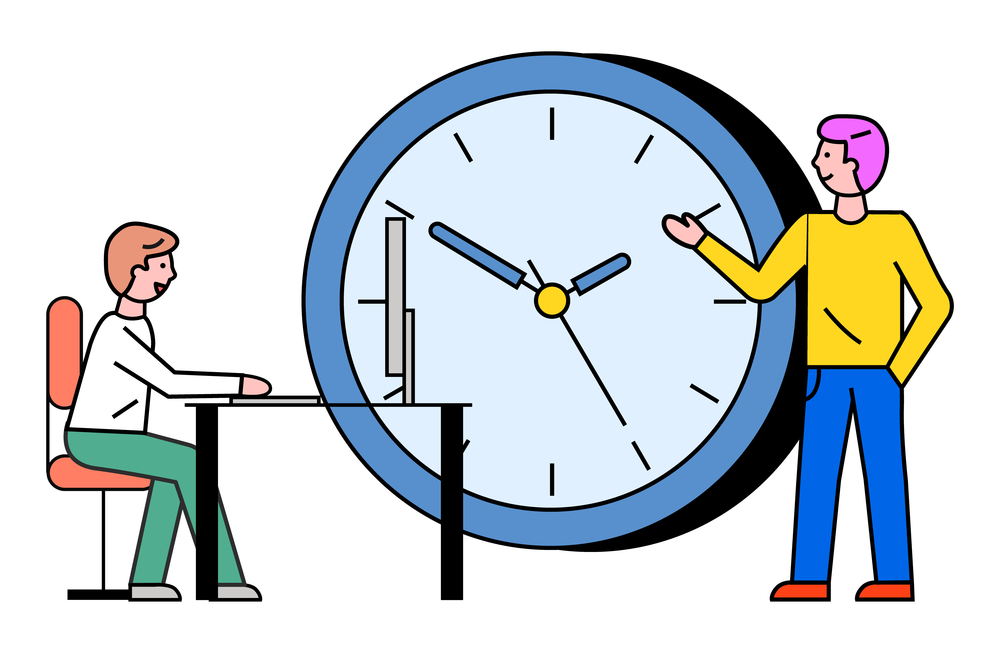
The theme on The Digital Access Show this week is Reasonable Adjustments.
“Reasonable adjustments” are changes or accommodations made in environments, systems, or practices to ensure that individuals with disabilities or specific needs are able to carry out the task as independently as possible. These adjustments help create a more inclusive and equitable environment, whether in the workplace, educational settings, public spaces, or other areas of society.
As Jeanette Jifkins discussed in the episode about the legal framework, there is a legal framework that reasonable adjustment is based upon. So what are considered reasonable adjustments. The easiest way to think about it is that it shouldn’t cause financial hardship to the business.
 Physical Adjustments
Physical Adjustments
A physical reasonable adjustment to a classroom to allow space for wheelchairs is to make the aisles wider. That is move the desks around so that the wheel chair user has the space to move. Other examples are installing ramps, widening doors and ensuring that there are accessible bathrooms. For people with extreme light sensitivity it could be changing the type of light bulbs to a different wattage or light type. It can be a very simple and cost effective solution.

Working Hours
When we look at working hours, reasonable adjustments could include adjusting the start times or allowing longer work from home for people with health conditions.

Technology
Good examples of reasonable adjustments in the technology area, are providing technology based tools such as screen readers, or speech to text tools. There are different types of keyboards and mice available that can make life easier for a person with physical or sensory impairments. Think of different types of headphones. The tools that are available will surprise you.
Communication
Reasonable adjustments in the communication arena could include offering sign language, translations to other languages including braille or large print. Ensuring that people talk clearly is a very important adjustment. Again, simple adjustments that are cost effective.

Not Reasonable
So when is a reasonable adjustment considered unreasonable? There are 5 reasons that can cause an adjustment to be considered unreasonable.

Cost, Disruption
The first is cost. If the cost of the adjustment is too high compared to the resources of the organization or business, it may be deemed unreasonable. A good example is a small business may not be required to install an expensive lift.
The second is significant disruption. That is, if an adjustment would cause major operational issues, such as heavily disrupting the daily operations, it may not be reasonable. For instance, reassigning essential tasks that no one else can perform.

Safety, Size, Time
Third is compromising safety. If the adjustment is to allow a person with a mobility impairment into a hazardous area where their safety is in question. A good example is a person with a severe vision impairment can’t go into the cattle yards safely.
Fourth is a fundamental adjustment. That is if the adjustment would change the nature of the service, activity, or role, it may not be reasonable. For instance, changing the core responsibilities of a job to accommodate someone who cannot perform the essential duties.
The fifth consideration is the time it takes to make the adjustment. That is, if the adjustment can’t be made within a reasonable time frame it could be considered unreasonable. A good example is a last minute request requiring extensive modifications or hiring specialists might be considered impractical.

Final Thoughts
Reasonable adjustments need to be based on the needs of the individual while considering the needs of the business, organisation or environment. Sometimes it will require thinking outside the square. Sometimes it just can’t be done. Sometimes, it is easy and sometimes it is a little harder.

